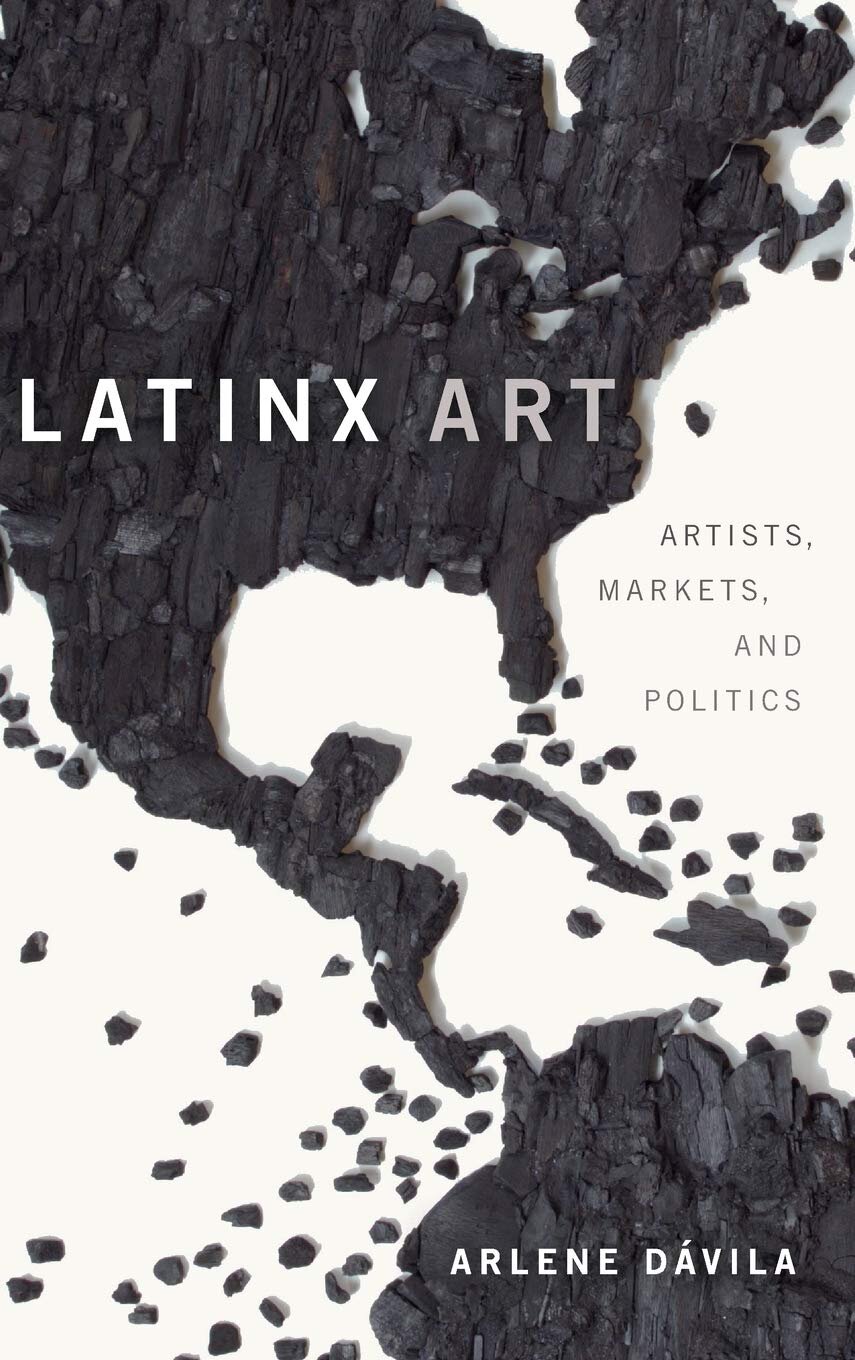William Camargo: Negotiated Frontiers
curated by Dalina A. Perdomo Álvarez
January 14th - May 14th, 2021
image: William Camargo, We Gunna Have to Move Out Soon Fam! (2019) Archival Inkjet Print
"What does it mean to have, or indeed to be with, an image of oneself? How is that image constructed? How is that image controlled? To have an image implies the rights of ownership. To be with an image implies a relation of cooperation, community."
- Negotiated Frontiers: Contemporary Chicano Photography by Jennifer A. González
In Negotiated Frontiers, photo-based artist William Camargo brings together selections from three bodies of work that negotiate space and interrogate the artist’s positionality while aiming to deconstruct the photographic canon. Using photography, installation, political public performances, and community archiving, this exhibition re-evaluates a photographic history that continuously omits or tokenizes BIPOC and Queer perspectives in the medium. The exhibition takes its title from the essay “Negotiated Frontiers: Contemporary Chicano Photography” by Jennifer A. González, originally published in 1995.
The virtual exhibition opens with selections from As Far As I Can Get, a response that challenges the privilege of running while white and not seen as suspect in John Divola’s As Far As I Could Get. Following that are selections from the long-term research project Origins & Displacements, which includes performance, portraits, landscapes, and archived materials from the city of Anaheim. It ends with selections from All That I Can Carry, a more recent project born during the COVID-19 lockdown, in which the artist invoked a rasquachismo sensibility by utilizing what was at hand in their household to create new artwork. The exhibition provides viewers with an experience of the artist’s creative process, inspired by photography theory, activism, and their homelife in Anaheim.
Meet A.I.R. William Camargo, an interview with curator Dalina A. Perdomo Álvarez
DAPA: You have exhibited your work across the US, and your artistic practice has been largely based in both California and Chicago. What are some differences you've noticed in how your work is received (particularly in the respective Latinx communities)?
WC: When I first started my practice, one of the things I worried about (and felt pressured by institutions to do) was to make "universal” work. I felt that I couldn't do work revolving around my lived experience because the “universal experience” (and I think many will agree) centers a white male-centric perspective. Much of the canon I’ve been trained with is just that - white and male. When I finally started making work that was personal, it was often also about a geographic place. While living/working in Chicago, I thought I’d have a tough time showing my work, but it turned out to be somewhat different. The spaces felt open and many of the themes I’d been discussing in California, related to the dense Latinx communities of Chicago and New York. In the communities I exhibited in, I was often informing and being informed by my audience. I believe when making work about a place, many artists actively choose to not learn from that place and/or those who live/grew-up there. They take small pieces from media, TV, newspapers, popular culture and piece together a narrative that is objectifying to those same communities of color. So I always leave room for learning, being critical of my own positionality, and creating a narrative that is personal to the community I am observing.
DAPA: What are some challenges of making work that serves communities of color while navigating within and against the photography canon?
WC: This a big one and glad you asked this because, in my opinion, the canon is dangerous and violent. I say this because it not only creates erasure, but given the history of photography, it has created injustices in communities of color. Being a photographer of color is already disrupting the status quo, and that is a challenge in itself. Perhaps I get chosen for an exhibition, not because of my work, but because of my identity. Perhaps I don’t get chosen for the same reason. A lot of my influences stem from the canon but through a critical lense, as my work is first and foremost about community. I don't like to romanticize the canon, because it’s just another system that needs to be dismantled. It's not so much about belonging in it, or changing it. Being critical about the canon is something that BIPOC have always done and will continue to do with mastery.
Related Programs
The State of Latinx Photography
This panel will be moderated by guest curator Dalina A. Perdomo-Álvarez in conversation with curator/writer Elizabeth Ferrer and photographers Adeline Lulo, and William Camargo.
In Convo: Curator Marissa Del Toro and A.I.R. William Camargo
A cross-promotional virtual conversation between Cruising the Horizon: New York curator Marissa Del Toro, and current A.I.R. William Camargo.
Interview: William Camargo & Dalina A. Perdomo Álvarez
William Camargo introduces his practice as the incoming A.I.R. of the season
Exhibition Catalogue
Download a PDF of the William Camargo: Negotiated Frontiers Catalogue designed by Jessy V. Castillo
Select Works
Resources & Bibliography
Books
Archive Images
Related Interviews
Art Journal Issue #79, Regarding Family Photography in Contemporary Latinx Art by Deanna Ledezma
KCET, William Camargo’s Lens Brings Focus to Obscured Histories in Orange County by Janica Michelle Martinez Torres
HAF New Photography, Disarming the Photographic Canon with William Camargo and Efrem Zelony-Mindell






























